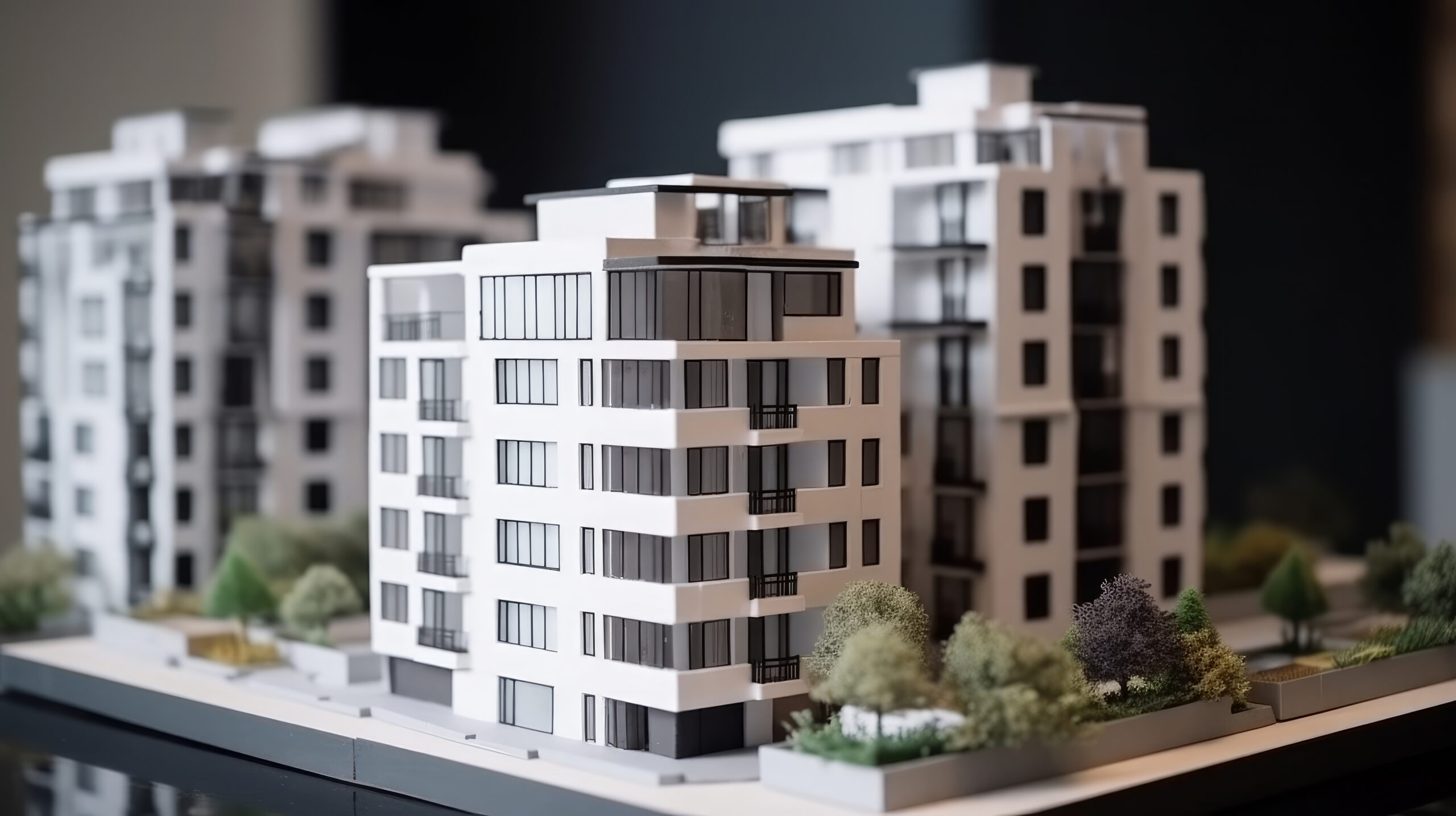The differences between buying a house and an apartment

The decision to purchase a property in Australia is a significant milestone, offering the promise of security and an investment for the future. However, potential homebuyers often face the conundrum of choosing between buying a house or an apartment. Each option comes with its distinct advantages and disadvantages, catering to different preferences and lifestyles. In this article, we delve into the differences between buying a house and an apartment in Australia to help prospective buyers make an informed choice.
- Space and Privacy
One of the most apparent disparities between houses and apartments lies in their space and privacy offerings. Houses generally provide more room, both indoors and outdoors, allowing for greater flexibility in customization and expansion. In contrast, apartments often have limited floor space but may compensate for it with communal amenities like gyms, pools, and gardens. Privacy levels may also differ, with standalone houses typically offering more seclusion from neighbours than apartments where proximity might lead to reduced privacy.
- Maintenance and Costs
When it comes to maintenance and costs, houses and apartments present distinctive scenarios. Owning a house requires the responsibility of maintaining the entire property, including the landscaping, exterior, and infrastructure. While this might appeal to those who enjoy gardening and DIY projects, it can also entail higher costs for repairs and upkeep.
Conversely, apartments are often managed by strata corporations, responsible for maintaining communal areas and building exteriors. This arrangement alleviates the burden of individual property maintenance but comes with strata fees, which can fluctuate depending on the building's amenities and upkeep requirements.
- Location and Lifestyle
Location plays a pivotal role in property selection, influencing both lifestyle and accessibility. In metropolitan areas, apartments tend to dominate the landscape due to limited space and higher population density. Thus, apartments are frequently situated in prime locations, closer to city centres, public transportation, and various amenities. This accessibility appeals to those seeking a vibrant urban lifestyle with easy access to entertainment and services.
On the other hand, houses are more prevalent in suburban areas, providing a quieter, family-oriented setting. Houses often come with larger yards, ideal for children and pets, and a greater sense of community.
_________________________
Read more:
Can you shorten your home loan term?
Consequences of Late Home Loan Repayments
How does rising inflation affect your borrowing power?
_________________________
- Investment Potential
The investment potential of a property is a crucial consideration for buyers. Historically, houses have shown a tendency to appreciate in value more steadily over time, partly due to the land's inherent appreciation. As land becomes increasingly scarce in urban areas, houses may hold their value or appreciate more rapidly.
Apartments, while generally more affordable than houses, may be subject to fluctuations in the property market, particularly in areas with an oversupply of units. However, apartments can offer attractive rental yields, making them a popular choice for investors seeking rental income.
- Security and Community
Security is another aspect where houses and apartments differ significantly. Apartment buildings often have security measures like key-card access, CCTV cameras, and onsite security personnel, enhancing safety for residents. The proximity of neighbours in apartments can also foster a greater sense of community, making it easier to socialize and forge connections.
In contrast, houses might require additional security installations like alarms and fences. The level of community interaction in houses depends on the neighbourhood and the resident's initiative to engage with neighbours.
The choice between buying a house or an apartment in Australia depends on various factors, including personal preferences, lifestyle, location, and financial considerations. Houses offer more space, privacy, and potential for capital appreciation but come with higher maintenance costs and may be located further from city centres. Apartments, on the other hand, are often found in central locations, have lower maintenance responsibilities, and promote a vibrant community lifestyle, though they may experience greater market volatility.
Ultimately, prospective buyers must carefully assess their needs, aspirations, and financial capacities before embarking on this life-altering decision. Whether it's a cosy apartment with city lights twinkling outside the window or a sprawling house with a backyard to call your own, Australia's diverse real estate market holds a perfect home for every individual.
Speak with a Mortgage broker today!




